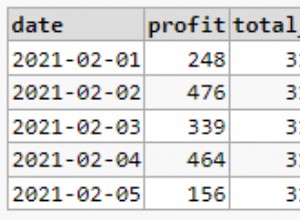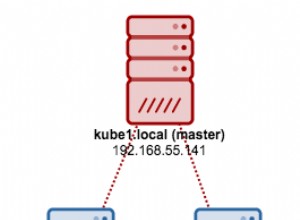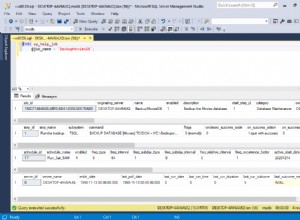Para sua consulta recursiva, você pode criar um caminho hierárquico usando este truque com strings 0-padded:Fiddle SQL
with recursive comment_list(article_comment_id, parent_comment_id, comment, article_id, comment_depth, comment_path) AS (
select c.article_comment_id,
c.parent_comment_id,
c.comment,
c.article_id,
c.comment_depth,
substr(CAST(1000000000+c.article_comment_id as varchar(1000)),2)
from test_comment c
where article_id = 100
and parent_comment_id = 0
union all
select c.article_comment_id,
c.parent_comment_id,
c.comment,
c.article_id,
c.comment_depth,
cl.comment_path || substr(CAST(1000000000+c.article_comment_id as varchar(1000)),2)
from test_comment c
join comment_list cl on c.parent_comment_id = cl.article_comment_id
)
select cl.article_comment_id,
cl.comment_path,
cl.parent_comment_id,
cl.comment,
cl.article_id,
cl.comment_depth
from comment_list cl
order by cl.comment_path, cl.article_comment_id, cl.comment_depth;
Solte o GROUP BY. Você deseja "agrupá-los" para exibição, o que é realmente "ORDER BY"
select cl.parent_comment_id,
cl.article_comment_id,
cl.comment,
cl.article_id,
cl.comment_depth
from comment_list cl
order by cl.parent_comment_id, cl.article_comment_id, cl.comment_depth;
Você pode ou não precisar do
cl.root_id na ordem por, então poderia ser order by cl.root_id, cl.parent_comment_id, cl.article_comment_id, cl.comment_depth;




